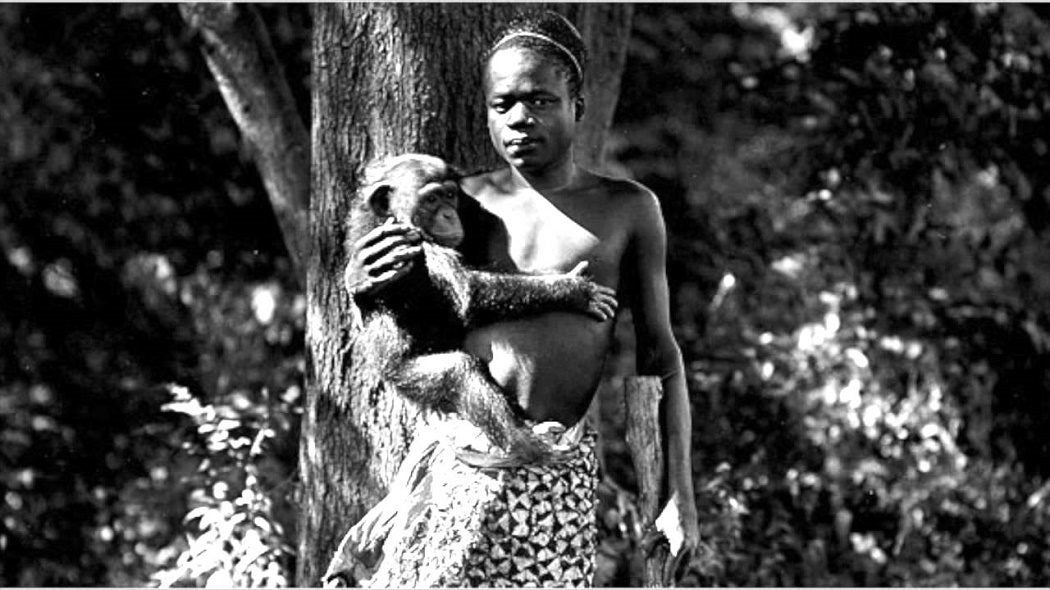In the new book Spectacle: The Astonishing Life of Ota Benga, Pamela Newkirk tells a tale that is more than astonishing. Ota Benga was a young African man kidnapped from Congo, a vast stretch of central Africa considered the personal property of Belgium’s King Leopold II, and displayed in New Orleans, St. Louis, and finally in a zoo in New York City alongside apes and orangutans as a “pygmy” and “missing link.”
Benga went on display at New York’s Zoological Gardens, the precursor of the Bronx Zoo, in 1906. Attendance at the zoo doubled during the 20 days he was there. He would be released because of pressure from African-American clergymen and his own rebellion against being a form of entertainment for tens of thousands of spectators. Tragically, he ended his own life with a bullet in 1916, a distant echo of the millions killed during Leopold’s genocide of the Congolese.
The treatment of Ota Benga makes for difficult reading. As a sample of the mainstream view of him, a New York Times editorial may suffice: “Pygmies are very low in the human scale, and the suggestion that Benga should be in a school instead of a cage ignores the high probability that school would be a place of torture to him.”
Benga was not alone in being put on display before the western world. The late 19th century saw a vogue for “living ethnological exhibits” at world fairs, zoological gardens, and popular exhibition venues across Europe and the United States. Saloni Mathur explores one of these in Cultural Anthropology. In the case of the 1886 Colonial and Indian Exhibition in London, it was Indian prisoners and homeless men, lured to the colonial metropolis for “a highly contested cultural encounter.” Like Benga, these were human beings, a fact unrecognized by those who displayed them.
Mathur builds on others who called such living exhibits manifestations of colonialism and imperialist power, components of the “scientific” conception of race and the construction of white supremacy.
Notably, Madison Grant, the Secretary of the New York Zoological Society who pushed to have Benga exhibited with apes, wrote what Stephen Jay Gould called “the most influential tract of American scientific racism ” — a book that was a major influence on the Nazis.







